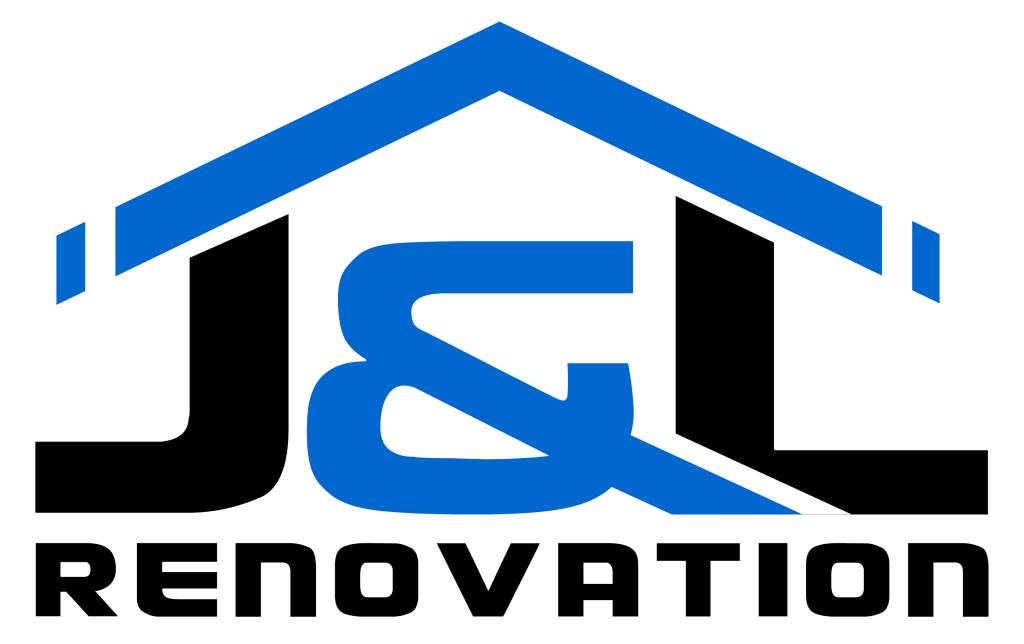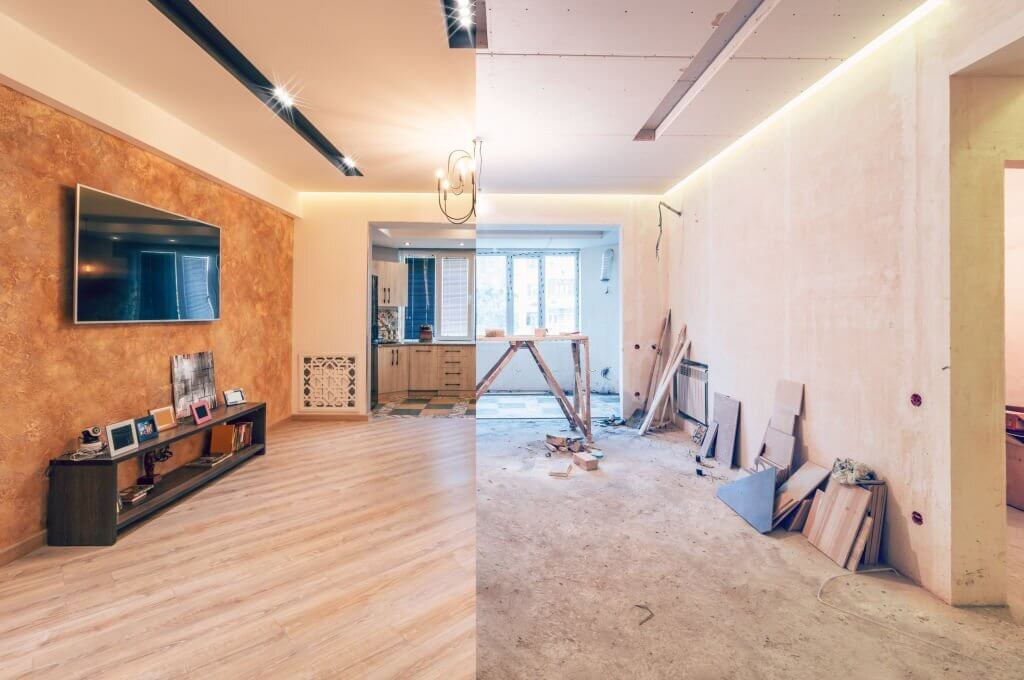Who Designs Home Renovations?
Home renovation is a process of improving the condition of your home by replacing old or damaged parts, adding new features and making changes to the layout.
When it comes to renovating a home, there are many different professionals who may be involved in the design process. Choosing the right professionals to work with can make a big difference in the success of your project.
In this article, we’ll take a closer look at who designs home renovations, the roles and responsibilities of different professionals, and how to choose the right team for your project.
For easier reading we’ve broken down these topics into the following pages:
How To Design A Home Renovation
Do You Need A Designer For Home Renovation?
How Do Architects Charge For Home Renovation
Architects
Specialize in designing buildings, but they will also be able to advise on things like the materials used and how they will impact the look of your home.
They can help you choose colors and finishes that complement each other and work well in different parts of your property. Architects are experienced professionals who know what works best within different styles of architecture, whether it’s traditional or modern.
When it comes to home renovations, architects can play a key role in designing and planning the project.
Key responsibilities of architects in home renovation design
- Creating a design that works with the layout of your home.
Building a design that’s functional and practical. - Ensuring that the design is structurally sound and meets building codes and regulations
- Working with contractors and builders to ensure that the design is implemented correctly
Typical Process of Working with an architect
When working with an architect, there are a few steps you can expect.
- First, they’ll take measurements of your home and create a CAD (computer-assisted design) model of it. They’ll also talk with you about what kind of style you want to achieve and how much money you have available for renovations.
- Once they have all of this information, they’ll be able to create some preliminary sketches for the project.
- They’ll then present their sketches to you and give you the chance to make changes and suggestions. Once things are finalized, they’ll submit the final plans for review by local building codes and regulations. If everything is approved, they can hire contractors or builders to start putting everything into practice.
Advantages of hiring an architect
Hiring an interior designer gives you the opportunity to benefit from their expertise in design, trends and materials. They can help you make the most of your space and functionality.
Disadvantages of hiring an architect
Hiring an architect can be expensive, and many people don’t feel they need the services of one for simpler renovation projects.
Interior Designers
Interior designers are trained professionals who can help you decide how to decorate your home. While interior designers may not typically be involved in the structural design of a renovation project, they can play a key role in creating a cohesive and aesthetically pleasing design.
Some of the key responsibilities of interior designers in home renovation design include:
Key responsibilities of interior designers in home renovation design.
- Designing an overall aesthetic for your home (this includes choosing paint colors, fabrics and furniture)
- Creating custom pieces of furniture using materials like wood or metal
- Creating 3D renderings or other visual aids to help the client visualize the design plan
- Coordinating with other professionals, such as architects and contractors, to ensure that the design is implemented correctly
Typical Process of Working with an Interior Designer
- During initial consultations, we find out what our clients’ goals are and how they want to be styled.
- Designing a space that includes furniture, finishes, and decorations.
- The ability to select items from a list and place them into another list
- Coordinating with other professionals, such as architects and contractors, to ensure that the design is implemented correctly
Advantages of hiring an interior designer
Hiring an interior designer gives you the opportunity to benefit from their expertise in design, trends and materials. They can help you make the most of your space and functionality.
Disadvantages of hiring an interior designer
Interior designers may be less valuable to a client in the construction of structural changes than they are with renovations involving aesthetic decisions.
Contractors and Builders
Contractors and builders are experts who help implement the design plans created by architects and interior designers.
While they may not be involved in the initial design process, they play a critical role in ensuring that the project is completed on time and within budget.
Some of the key responsibilities of contractors and builders in home renovation design include:
Key responsibilities of contractors and builders in home renovation design
- Interpreting the design plans created by architects or interior designers to determine how a space should be furnished and decorated
- Managing subcontractors, such as plumbers and electricians
- Ensuring that the project is completed on time and within budget
- Addressing any problems that arise during the construction phase.
Typical process of working with a contractor or builder
- Usually, the first step is to meet with a contractor or builder to discuss your vision for the project and get an estimate. The contractor will give you a price based on the materials you want used and any additional features that may be included in the design.
- When all parties are satisfied with the cost of construction, the contractor will draw up a contract that specifies the final price, payment schedule, and other important details. The contractor will then begin work on your home or building. During construction, you’ll need to provide any materials needed for the job (such as paint), or your contractor may buy them at a markup.
- The contractor will also be responsible for any costs associated with building permits and inspections. The contractor will give you an estimate of how long it will take to complete the job, but this can vary depending on factors like weather or availability of materials. Once construction is finished, your home or building should be inspected by a city official before you move in.
Advantages of hiring a contractor or builder
Contractors and builders are helpful in executing the construction process efficiently, because they know what needs to be done and how it should be done. They also are knowledgeable of local building codes and regulations (and can deal with them appropriately).
Disadvantages of hiring a contractor or builder
Contractors and builders may not be able to offer design advice or make recommendations on materials, finishes, etc., but they are invaluable for projects that focus primarily on building rather than redesigning.
Design-Build Firms
Some contractors or builders also offer design-build services, which means that they can help with both the construction and design process.
This can be a great option for homeowners who want to work with one company that knows how to do everything. However, it’s important to make sure that the firm is licensed as a general contractor and not just an architect or designer.
Key responsibilities of design-build firms in home renovation design
- Establish a budget and timeline for the project
- Help you understand what is involved in each stage of the design process (e.g., design, construction documents, bidding)
- Help you choose from different materials and finishes
- Work with contractors and subcontractors to ensure that their bids are fair
Typical process of working with a design-build firms
When you meet with a design-build firm, they will probably ask you to complete a questionnaire about your project. This will help them understand your needs and budget and determine if their services are right for you.
If so, they may provide you with an estimate of how much the project will cost based on the information from the questionnaire. They might also give you some ideas about what kind of materials would work best for your home renovation project.
- When you first meet with the design-build firm to discuss your project, be sure to talk about your goals, budget and timeline for home renovation.
- The firm visits your home, takes measurements and identifies potential design issues.
- Conceptual Design: The firm creates a preliminary design and presents it for review and feedback.
- Detailed Design and Construction Plan: Once the preliminary design is approved, the firm develops a detailed design and construction plan.
- Permitting: The firm obtains necessary permits and approvals from local authorities.
- Construction: The construction process begins, with the design-build firm managing the project and ensuring it stays on schedule and within budget.
- Final Inspection: The project is inspected to ensure it meets all necessary building codes and regulations.
- Project Completion: The design-build firm delivers the finished project and ensures that all warranties and guarantees are provided to the client.
Advantages of hiring a design-build firms
Design-build firms provide homeowners with a more efficient and streamlined renovation experience by combining the design and construction processes into one entity, simplifying communication, and promoting collaboration between the designer and builder.
Disadvantages of hiring a design-build firms
One potential disadvantage of working with a design-build firm is that they may have a limited pool of subcontractors and suppliers they work with, which can limit options for materials and finishes.
Additionally, homeowners may have less control over the design process and decisions may be made more quickly than with other approaches, which could lead to disagreements or dissatisfaction. Finally, design-build firms may have a higher overall cost than other approaches due to the convenience and efficiency they offer.
How To Choose a Designer for Home Renovation
Choosing a designer for a home renovation project depends on the scope of the project. For small, simple projects, a designer with less experience may be sufficient, while larger, more complex projects may require a designer with more expertise and experience.
Consider the scale and scope of your project when selecting a designer and choose someone who has the necessary skills and qualifications to meet your specific needs.

